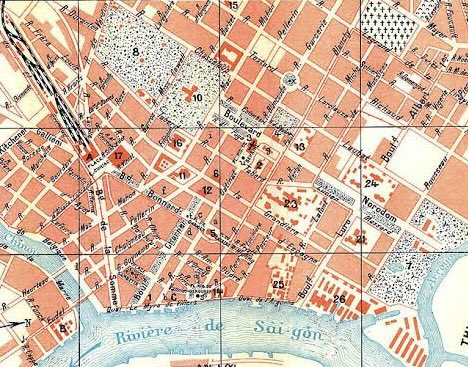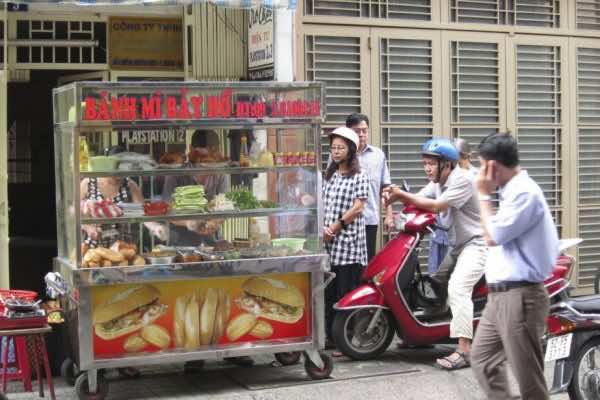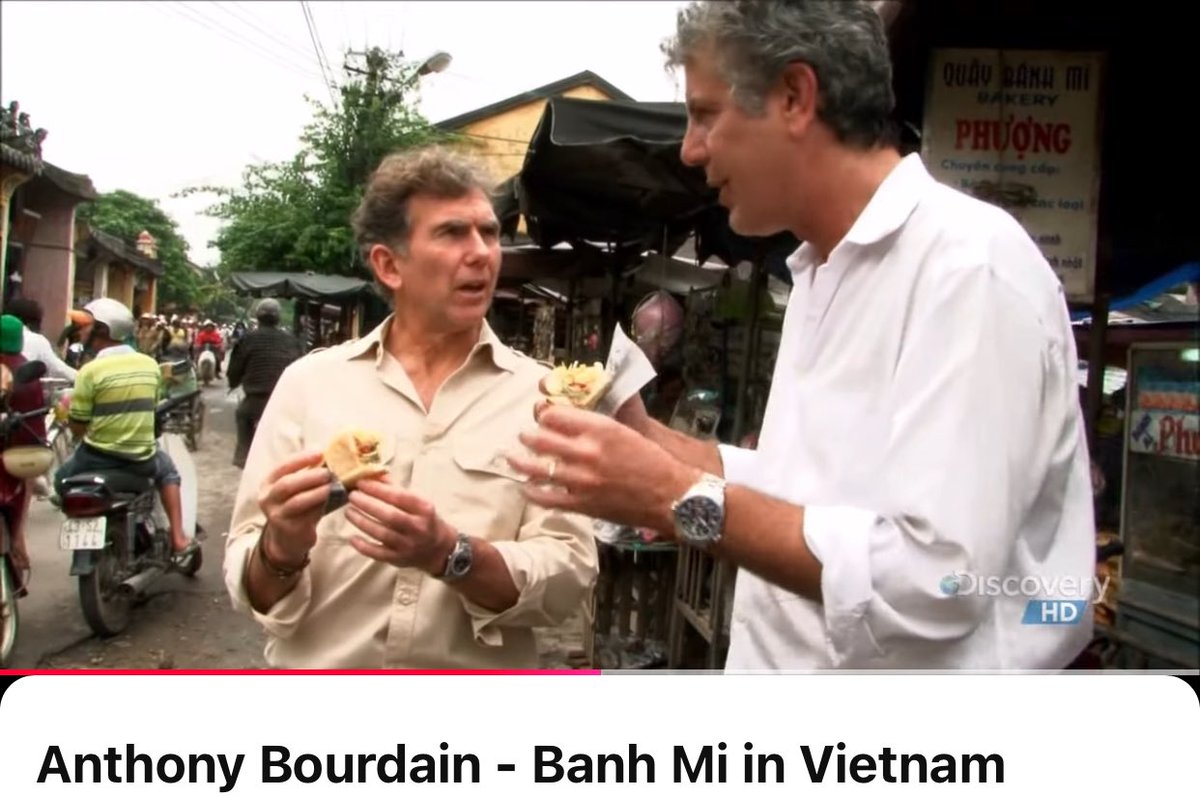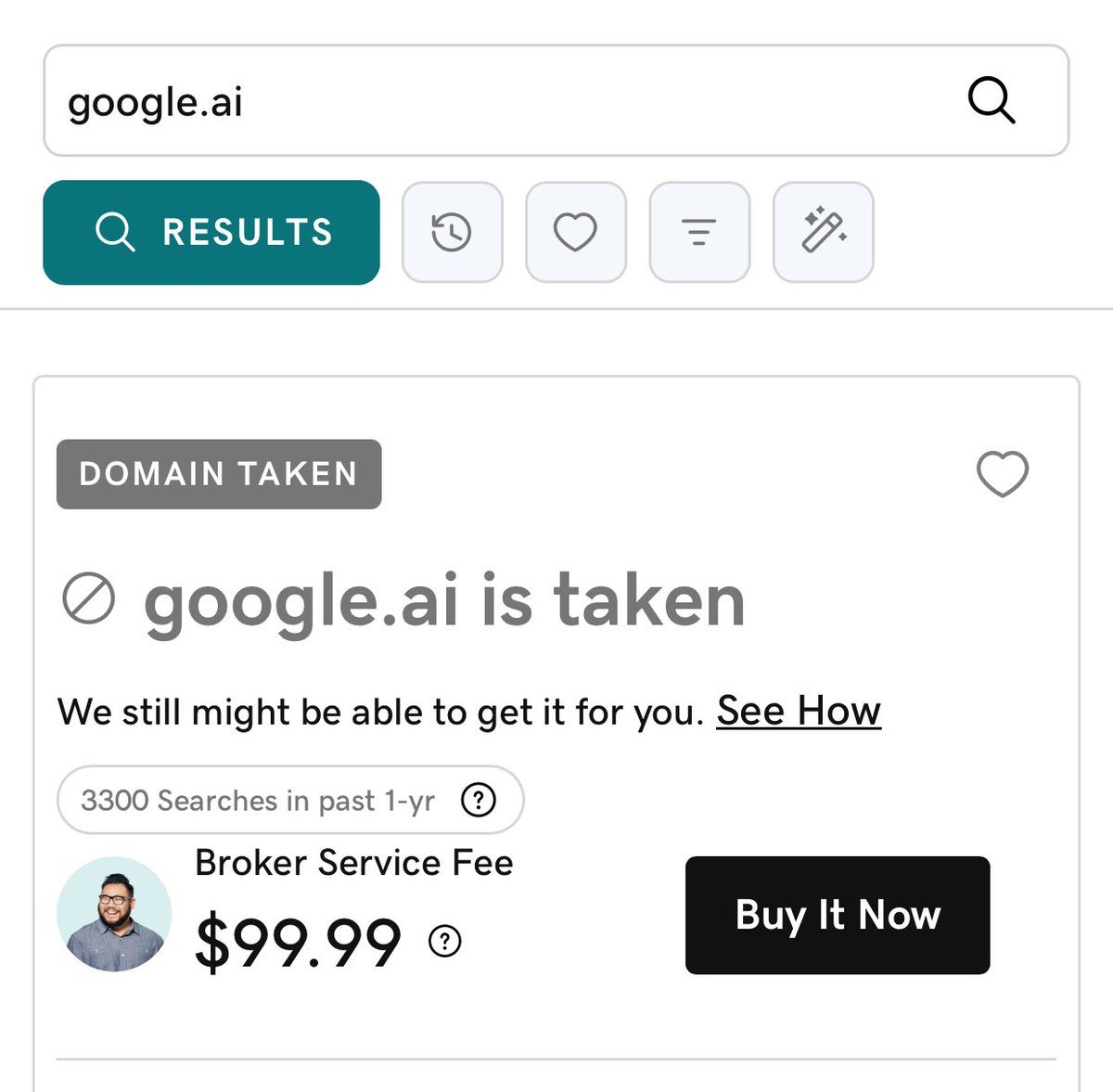IKEA is the world's largest furniture brand. With annual sales hitting ~$50B+, it's the King of "buy stuff you never planned to buy".
Unsurprisingly, IKEA designs its stores with various psychological tricks to get you to spend more money.
Here's are 12 of them 🧵
Unsurprisingly, IKEA designs its stores with various psychological tricks to get you to spend more money.
Here's are 12 of them 🧵

1/ IKEA's first psychological hack is the business model: sell furniture that requires the effort of self-assembly.
A 2011 Harvard study found people assign higher value to self-assembled goods (willing to pay 63% more vs. pre-assembled).
Shocker: it's named "The IKEA effect"
A 2011 Harvard study found people assign higher value to self-assembled goods (willing to pay 63% more vs. pre-assembled).
Shocker: it's named "The IKEA effect"

2/ Store locations
IKEA stores also require "effort" (and time) to get there, with many of the chain's 440+ locations outside of big cities and in suburban areas.
Once a shopper arrives after a long trek, they'll be motivated to buy something so as to not "waste the trip".
IKEA stores also require "effort" (and time) to get there, with many of the chain's 440+ locations outside of big cities and in suburban areas.
Once a shopper arrives after a long trek, they'll be motivated to buy something so as to not "waste the trip".

3/ Store flow
The "effort" continues in the store: first, you walk through IKEA's "showroom" (including 50+ inspirational settings.)
After travelling 1km+, you pick up furniture in the "market hall". Subconsciously, buying goods is a reward for all the distance you've covered.



The "effort" continues in the store: first, you walk through IKEA's "showroom" (including 50+ inspirational settings.)
After travelling 1km+, you pick up furniture in the "market hall". Subconsciously, buying goods is a reward for all the distance you've covered.




4/ Maze-like design
IKEA as a maze is a popular meme...but also true. Even though there are exits and shortcuts, the store is designed for a shopper to see everything on offer in the showroom.
And, again, the "effort" of solving the maze increases the perception of value.
IKEA as a maze is a popular meme...but also true. Even though there are exits and shortcuts, the store is designed for a shopper to see everything on offer in the showroom.
And, again, the "effort" of solving the maze increases the perception of value.

5/ Guiding arrows
The maze-like design is complemented by floor arrows that guide shoppers.
This is another hack: you are handing over your decision-making (where to go) over to IKEA.
This is psychologically disarming and primes you for a later purchase.

The maze-like design is complemented by floor arrows that guide shoppers.
This is another hack: you are handing over your decision-making (where to go) over to IKEA.
This is psychologically disarming and primes you for a later purchase.


6/ Desensitizing environment
Like casinos, IKEA's showrooms and market halls don't have windows. Shoppers lose sense of time and space, staying focussed on the task of shopping.
Like casinos, IKEA's showrooms and market halls don't have windows. Shoppers lose sense of time and space, staying focussed on the task of shopping.

7/ License to impulse buy
IKEA places small items everywhere:
◻️ Next to big-ticket items (eg. plates on a kitchen table) these look like a deal
◻️ Since it's a maze, you often pick up items "just in case you don't come back"
◻️ One purchase decision opens up the buying spigot
IKEA places small items everywhere:
◻️ Next to big-ticket items (eg. plates on a kitchen table) these look like a deal
◻️ Since it's a maze, you often pick up items "just in case you don't come back"
◻️ One purchase decision opens up the buying spigot

8/ Writing down a list
IKEA makes pencil/paper available to write down the item # you want to pick up. While it's a memory aid, the act of writing plays on a classic persuasion hack: consistency.
Once you've written down an item, you'll want to "follow through" on a purchase.

IKEA makes pencil/paper available to write down the item # you want to pick up. While it's a memory aid, the act of writing plays on a classic persuasion hack: consistency.
Once you've written down an item, you'll want to "follow through" on a purchase.


9/ In-store dining
IKEA's founder Ingvar Kamprad said "You can't do business with someone on an empty stomach."
IKEA's have cafes where shoppers recharge, talk over potential purchases and -- crucially -- stay in the store longer.
Insanely, IKEA sells 1B+ meatballs a year.

IKEA's founder Ingvar Kamprad said "You can't do business with someone on an empty stomach."
IKEA's have cafes where shoppers recharge, talk over potential purchases and -- crucially -- stay in the store longer.
Insanely, IKEA sells 1B+ meatballs a year.


10/ Great value
IKEA has a "democratic design approach". It reverse engineers a product based on price first.
The Scandinavian aesthetic (simple, clean designs) lends itself to furniture that can be "flat-packed" for easy pick-up.
Also, self-assembly reduces cost (and price).
IKEA has a "democratic design approach". It reverse engineers a product based on price first.
The Scandinavian aesthetic (simple, clean designs) lends itself to furniture that can be "flat-packed" for easy pick-up.
Also, self-assembly reduces cost (and price).

11/ Mirrors everywhere
It's no secret why: we're narcissists and can't keep eyes off of reflections of...ourselves.
IKEA brings out this positive emotion by placing mirrors literally everywhere.



It's no secret why: we're narcissists and can't keep eyes off of reflections of...ourselves.
IKEA brings out this positive emotion by placing mirrors literally everywhere.




12/ The power of smell
Finally, IKEA's famous cinnamon buns are often placed near checkout.
Smell is extremely powerful for memory recall. IKEA is linking what should be the most painful part of the experience (buying) with the soothing scent of home baking.
Finally, IKEA's famous cinnamon buns are often placed near checkout.
Smell is extremely powerful for memory recall. IKEA is linking what should be the most painful part of the experience (buying) with the soothing scent of home baking.

13/ If you enjoyed that, I write threads breaking down tech and business 1-2x a week.
Def follow @TrungTPhan to catch them in your feed.
Here's a related one that might tickle your fancy:
Def follow @TrungTPhan to catch them in your feed.
Here's a related one that might tickle your fancy:
https://twitter.com/trungtphan/status/1439246021536616456
14/ Sources
Harvard: hbs.edu/ris/Publicatio…
CNBC: cnbc.com/2019/10/05/psy…
National Post: nationalpost.com/news/canada/en…
The Next Web: thenextweb.com/news/ikea-tric…
Harvard: hbs.edu/ris/Publicatio…
CNBC: cnbc.com/2019/10/05/psy…
National Post: nationalpost.com/news/canada/en…
The Next Web: thenextweb.com/news/ikea-tric…

15/ I discuss interesting topics like this once a week (with a healthy dose of dumb jokes) on the Not Investment Advice (NIA) podcast.
Check it out: linktr.ee/notinvestmenta…
Check it out: linktr.ee/notinvestmenta…

16/ Also, never forget this classic *fake* viral story: "Man arrested for putting fake arrow decals on the floor of IKEA and creating a labyrinth with no exit" 

19/ this is amazing
https://twitter.com/dividendgrowth/status/1450858436607021058
20/ that was fast lol
https://twitter.com/anothercohen/status/1450871673045979139
21/ PS. I’m getting enough requests to do one of these threads for Costco, so will do that (but a real one, not the shitpost one @anothercohen did above lol)
22/ This is going to be good HAHAHAH
https://twitter.com/anothercohen/status/1450929432609255425?s=20
• • •
Missing some Tweet in this thread? You can try to
force a refresh




















